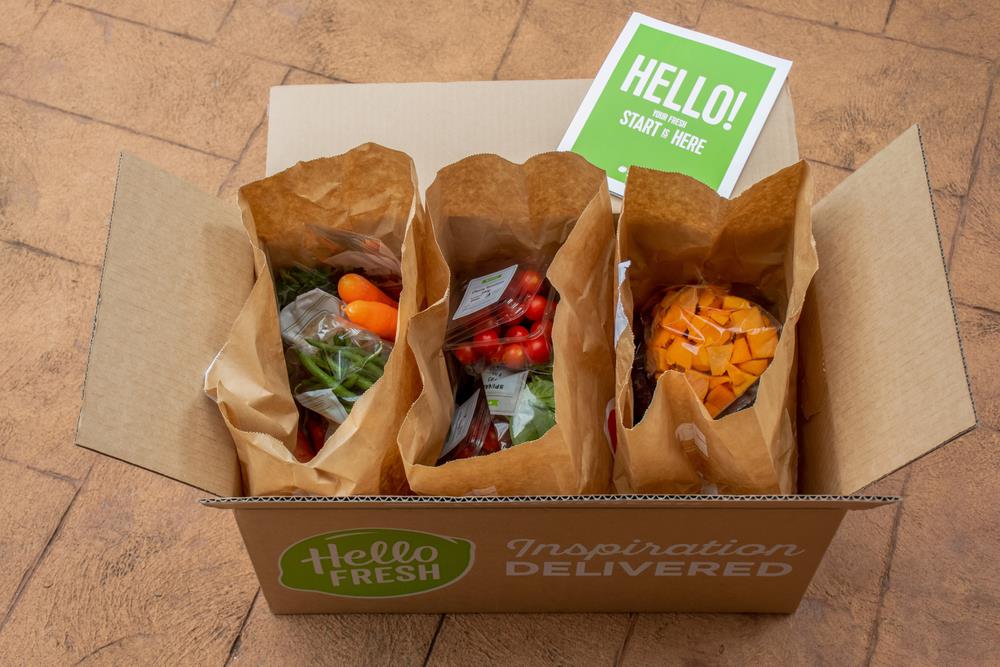In recent years, meal kit subscriptions have gained immense popularity, offering a convenient solution to the perennial question of what’s for dinner. These services promise to revolutionize home cooking, providing fresh ingredients and chef-inspired recipes delivered right to your doorstep. However, beneath the glossy surface of convenience and culinary innovation lie both positive and negative aspects, along with some surprising truths about meal kit subscriptions.
The Good: A Culinary Adventure at Your Doorstep
One of the most appealing aspects of meal kit subscriptions is the opportunity to embark on a culinary adventure without leaving your kitchen. These services deliver carefully portioned and prepped ingredients, accompanied by step-by-step recipes crafted by professional chefs. For individuals looking to expand their cooking skills or explore diverse cuisines, meal kits provide an excellent platform to try new recipes and ingredients, turning every meal into a personalized cooking class.
Moreover, the convenience factor cannot be overstated. With pre-measured ingredients and clear instructions, meal kits eliminate the need for extensive grocery shopping and recipe planning. This not only saves time but also minimizes food waste, as subscribers receive precisely what they need for each recipe.
The Bad: Cost and Environmental Concerns
While meal kit subscriptions offer convenience, they come at a price – both literally and figuratively. The cost of meal kits can be significantly higher compared to traditional grocery shopping, making them a less budget-friendly option for some consumers. The allure of convenience and curated recipes may be overshadowed by the strain on your wallet, especially for families or individuals on a tight budget.
Environmental concerns also cast a shadow on the seemingly eco-friendly nature of meal kits. Despite efforts to reduce packaging waste, the individual wrapping of ingredients and the use of insulation materials contribute to a substantial environmental footprint. Critics argue that the convenience of meal kits may come at the expense of increased waste, raising questions about the overall sustainability of these services.
Visit for more information https://www.birperformance.com/the-ins-and-outs-of-auto-transport-truck-driving-companies
The Surprising Ugly Truths: Subscription Fatigue and Culinary Dependency
An unexpected downside of meal kit subscriptions is the emergence of what can be termed as “subscription fatigue.” While the initial excitement of receiving a box filled with fresh ingredients and exciting recipes is palpable, some subscribers find themselves overwhelmed by the commitment and routine. The pressure to cook regularly and adhere to a subscription schedule can turn a once-enjoyable experience into a chore, leading to a sense of culinary burnout click here to learn more.
Additionally, meal kits may inadvertently foster a sense of culinary dependency. Over time, subscribers may become reliant on the pre-packaged ingredients and detailed instructions, hindering the development of independent cooking skills. This can pose challenges when transitioning away from the subscription service or when facing unexpected circumstances that require improvisation in the kitchen.
In conclusion, meal kit subscriptions present a mixed bag of benefits and drawbacks. The convenience, culinary exploration, and time-saving aspects are undeniably attractive, but the financial and environmental costs, along with the potential for subscription fatigue and culinary dependency, must be considered. Before committing to a meal kit subscription, consumers should weigh the pros and cons to determine if these services align with their lifestyle and values. Ultimately, the journey to a well-balanced and satisfying dining experience involves finding the right mix of convenience, creativity, and sustainability.

